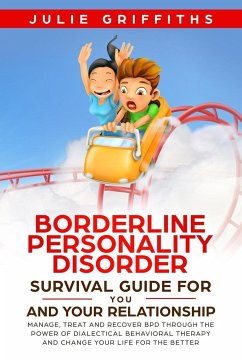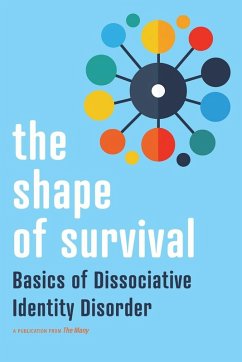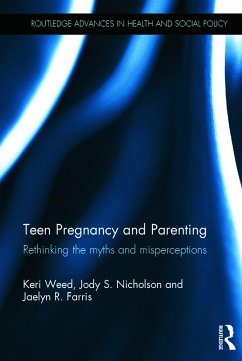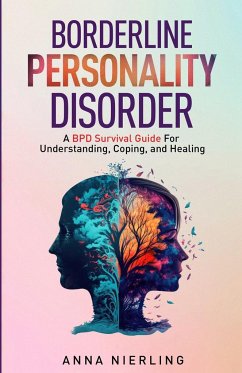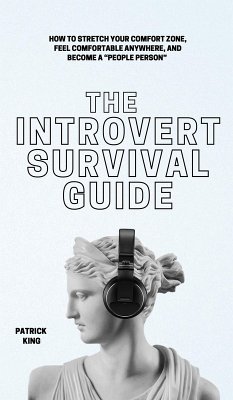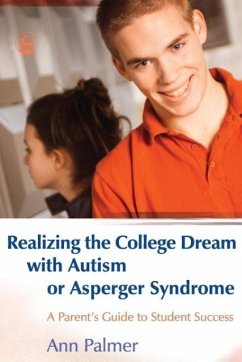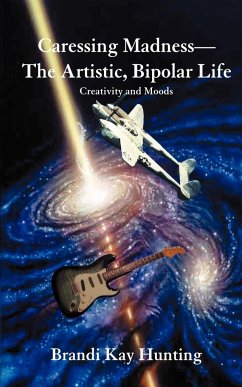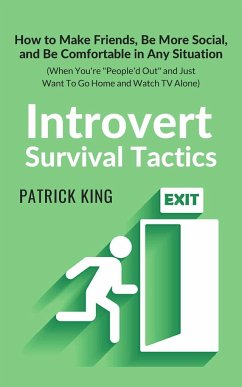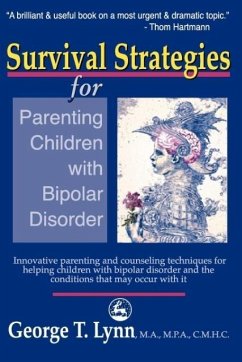
Survival Strategies for Parenting the Child and Teen with Bipolar Disorder
Versandkostenfrei!
Versandfertig in 1-2 Wochen
30,99 €
inkl. MwSt.

PAYBACK Punkte
15 °P sammeln!
Survival Strategies for Parenting the Child and Teen with Bipolar Disorder tackles the most difficult decisions parents can face, including whether to involve police or consider hospitalization if their children are a danger to themselves and their families. At the same time, it emphasizes the positive qualities these children often have and illustrates how their gifts and abilities can build their self-esteem and help them function better in society. However severe the child's symptoms, George Lynn's book will provide guidance, support and inspiration for parents and care givers as well as be...
Survival Strategies for Parenting the Child and Teen with Bipolar Disorder tackles the most difficult decisions parents can face, including whether to involve police or consider hospitalization if their children are a danger to themselves and their families. At the same time, it emphasizes the positive qualities these children often have and illustrates how their gifts and abilities can build their self-esteem and help them function better in society. However severe the child's symptoms, George Lynn's book will provide guidance, support and inspiration for parents and care givers as well as being a useful resource for professionals working with families who suffer as a result of this disorder.



